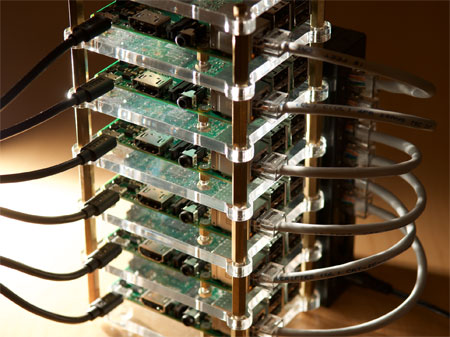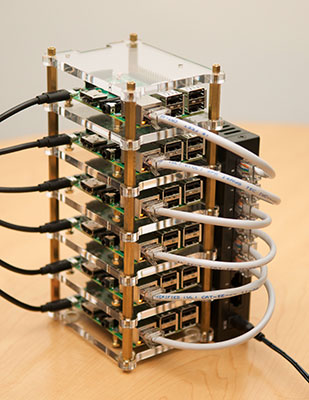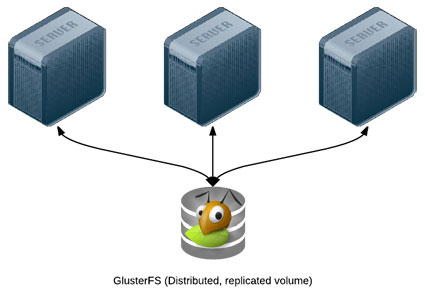Ansible for Drupal infrastructure and deployments - DrupalCon LA 2015 BoF
We had a great discussion about how different companies and individuals are using Ansible for Drupal infrastructure management and deployments at DrupalCon LA, and I wanted to post some slides from my (short) intro to Ansible presentation here, as well as a few notes from the presentation.
The slides are below:
And video/audio from the BoF:
Notes from the BoF
If first gave an overview of the basics of Ansible, demonstrating some Ad-Hoc commands on my Raspberry Pi Dramble (a cluster of six Raspberry Pi 2 computers running Drupal 8), then we dove headfirst into a great conversation about Ansible and Drupal.




